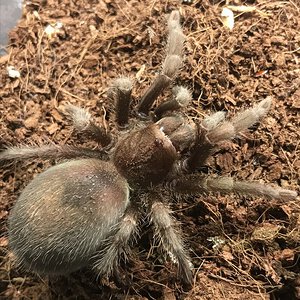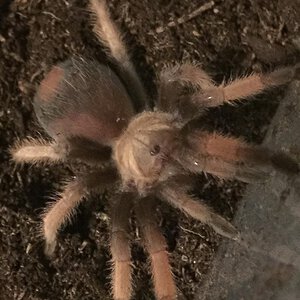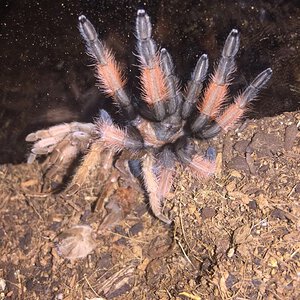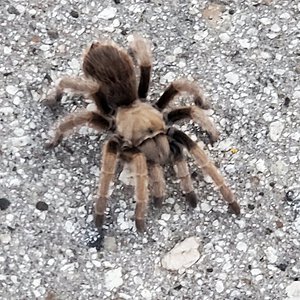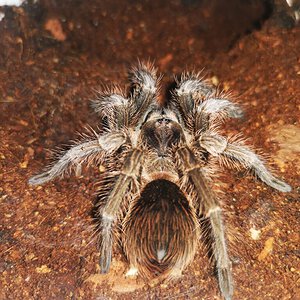T
20200523_195932.jpg
- thezizzer
-
- Tags
- california
Can anyone tell me what kind of tarantula this is? Thanks!
Media information
- Category
- Tarantula Identification
- Added by
- thezizzer
- Date added
- View count
- 393
- Comment count
- 6
- Rating
- 0.00 star(s) 0 ratings
Image metadata
- Device
- samsung SM-G975U1
- Aperture
- ƒ/2.4
- Focal length
- 6.0 mm
- Exposure time
- 1/17
- ISO
- 320
- Filename
- 20200523_195932.jpg
- File size
- 1.6 MB
- Date taken
- Sat, 23 May 2020 7:59 PM
- Dimensions
- 4032px x 3024px

